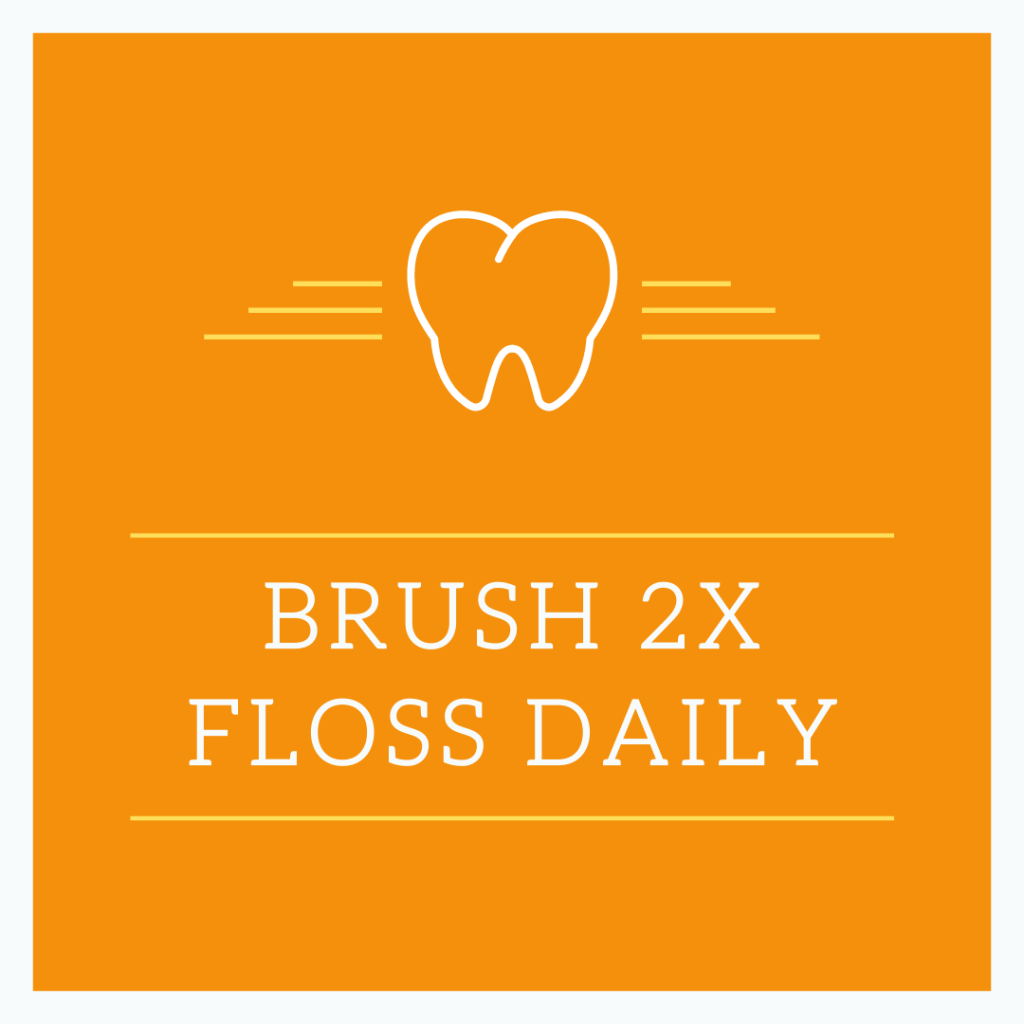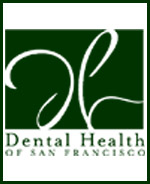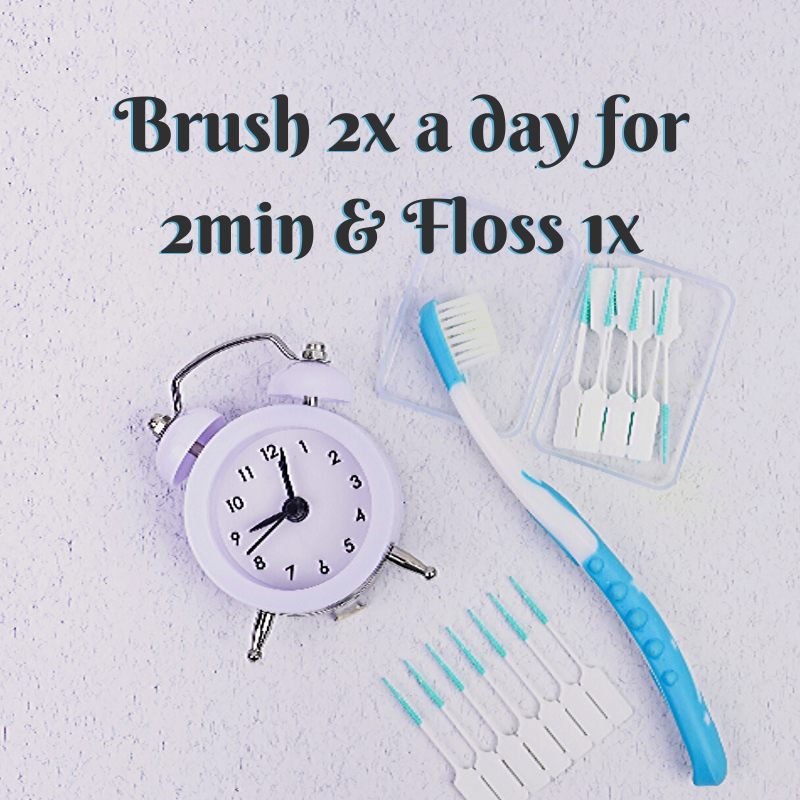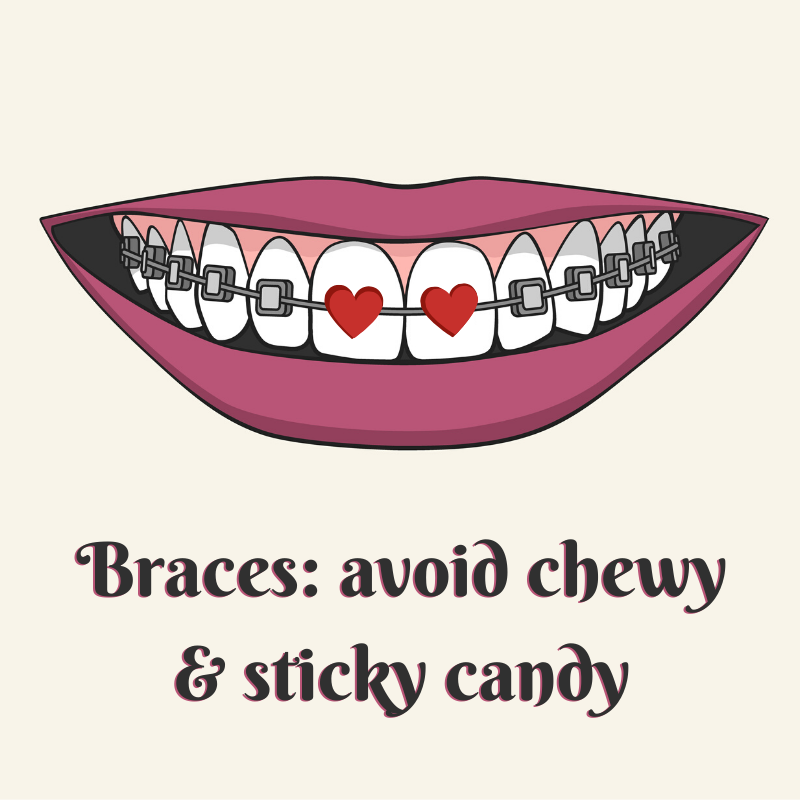Let’s have a little chat about myths revolving around dental health. Sometimes dental health isn’t treated with a high level of importance. Oftentimes we push it by the wayside. And then we completely forget to reschedule appointments. Hey, we’ve all been there…
Look, staying on top of your dental hygiene and health is necessary for both your mouth and the rest of your body. Believe it or not, your oral health impacts many different areas of your total well being. For example, did you know your oral health can contribute to heart disease, diabetes, blood cell disorders, and bacterial pneumonia? It can also cause complications in pregnant women. We’re not looking to alarm you, those are just the facts. So, of course, things like maintaining a healthy diet and showing up to regularly scheduled dental check-ups are ideal for keeping both your chompers and your body well.
We’ve found that as people gradually lose good brushing and flossing habits, they start to buy into these “quick-fix” myths. So, without further ado! Dental Myths Debunked:
Myth #1 If your mouth doesn’t hurt, you don’t need to go to the dentist.
If your car isn’t rattling do you skip the oil change? There is always the potential for underlying dental issues even when pain and sensitivity aren’t present. Calculus and tartar have no problem building and building with zero pain association. And before you know it – HELLO! gingivitis or advanced periodontal disease! Stick to your 6-month check-ups, which is the standard for routine dental care.
Pro Tip: if you DO have oral pain or a dental problem, call us. On the call, we’ll chat about the discomfort. Then we take into account your dental history and immediate needs. We are all about personalized care for your unique needs.

Myth #2 The harder you brush and floss, the cleaner your teeth and gums will be.
Brushing and flossing rough is NOT good, nor is it recommended… ever. Flossing roughly can create small lesions and cuts in your gums. This can cause discomfort as well as bleeding gums. Healthy gums should not bleed. The same with brushing. You can cause some serious damage including receding gums, by consistently brushing vigorously. Remember that receding gums can get you into some dangerous waters. In severe cases, it does cause tooth loss. This then leads to a whole new gamut of problems.
Pro Tip: Do floss daily, gently sliding the floss in a “C” shape up the sides of your teeth and down to your gums. Brushing your teeth twice a day is the recommended standard. Again, be intentional and gentle. Firm circular motions for 2-minutes gets the job done.
Myth #3 Chewing gum can replace brushing your teeth.
Chewing gum is a good trick for minty fresh breath. Not an acceptable replacement to brushing your teeth. End of story.
Pro Tip: chew sugar-free gum after meals to help loosen food particles until you’re able to brush.

Myth #4 Diet drinks are better for your teeth.
While the sugar content may be lower in diet drinks, they are still very acidic. Acid softens the enamel on teeth leading to demineralization and tooth sensitivity.
Consider that water has a pH level (acidity level) of 7. This is a neutral pH level and does not cause harm. Battery acid’s pH level is 0. This is the worst of the worst. Now consider that diet sodas can have a 2-3 pH level! That is a lot closer to 0 than it is to 7.
Pro Tip: It takes your body about 20 minutes to neutralize your mouth from the acid intake. Your safest bet is always water. Milk is also acceptable.
Consistent and proper dental health care is a must within your daily routine. Avoid cutting corners, and remember… you only have to care for the teeth you’d like to keep! So be diligent. Stick to a daily oral health routine. Strive to eat, healthy. And, be mindful to take immediate action if you’re having dental pain or sensitivity. Call us at 415-682-2368
Dental Health of San Francisco
2407 Noriega Street
San Francisco, CA 94122
Phone: (415) 682-2368

 overall health. The ADA recommends that you brush gently, in short strokes, and at a 45-degree angle for 2 minutes. This prevents the bristles from removing the enamel that protects your teeth. When brushing the backs of your teeth, it’s best to turn the brush vertically and make multiple short strokes on every tooth.
overall health. The ADA recommends that you brush gently, in short strokes, and at a 45-degree angle for 2 minutes. This prevents the bristles from removing the enamel that protects your teeth. When brushing the backs of your teeth, it’s best to turn the brush vertically and make multiple short strokes on every tooth. still apply, chewy or sticky candy can get stuck in your brackets. The sugar then reacts with the bacteria in your mouth creating a white film around the brackets. This substance is nearly impossible to clean and can cause extended acid attacks and increases your risk of cavities.
still apply, chewy or sticky candy can get stuck in your brackets. The sugar then reacts with the bacteria in your mouth creating a white film around the brackets. This substance is nearly impossible to clean and can cause extended acid attacks and increases your risk of cavities.
 Regular dental cleanings prevent tartar from eroding your teeth which helps prevents cavities and gum disease. Besides having your teeth professionally cleaned, you get checked for other abnormalities that could be a larger health issue.
Regular dental cleanings prevent tartar from eroding your teeth which helps prevents cavities and gum disease. Besides having your teeth professionally cleaned, you get checked for other abnormalities that could be a larger health issue.

 Gum Disease
Gum Disease





